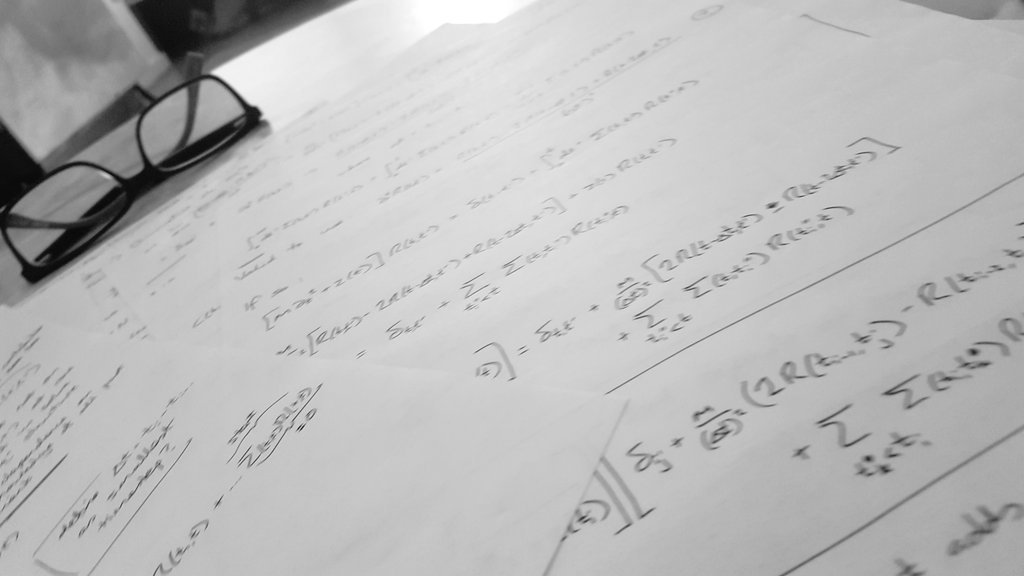Non-Equilibrium Physics
Systems in thermal equilibrium are essentially static and unchanging: to describe the dynamics of the world around us, we need to study non-equilibrium effects, which can often have surprising consequences.

In biology, a creature in thermal equilibrium with its environment is dead. In cosmology, a universe in thermal equilibrium is empty and featureless, a bleak void hanging in darkness.
In my undergraduate courses, most of what I learned was equilibrium physics, but the world around us is rarely ever in thermal equilibrium. To me, at least, many of the most interesting phenomena occur when materials are driven, kicked, nudged or otherwise persuaded to fall gently out of equilibrium - that’s when physics really comes alive.
My experience with non-equilibrium physics began during my postdoc at the Institut de Physique Théorique, where I have helped develop a new approach for calculating the dynamics of strongly interacting, disordered materials, and have investigated the thermalisation of mean-field models of spin glasses using field-theoretic techniques.
